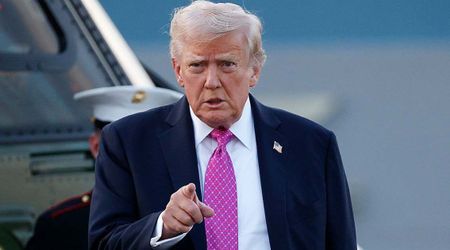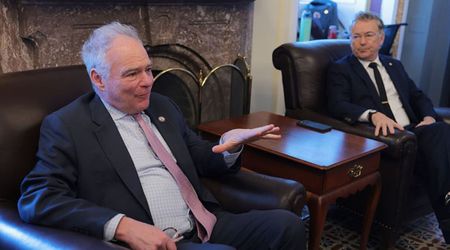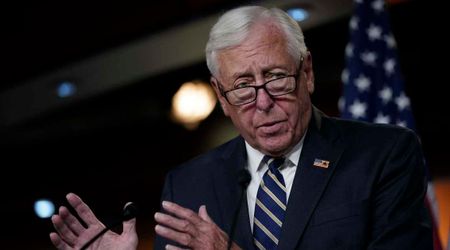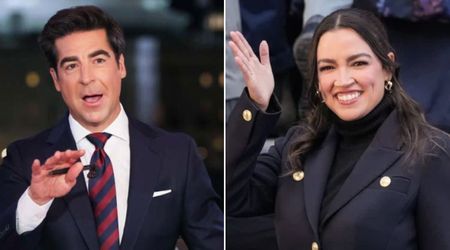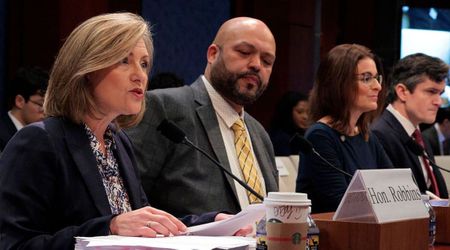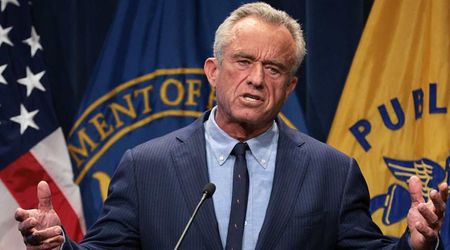Psychologists predicted Trump’s 2024 win by tracking his rising optimism before a single vote was cast
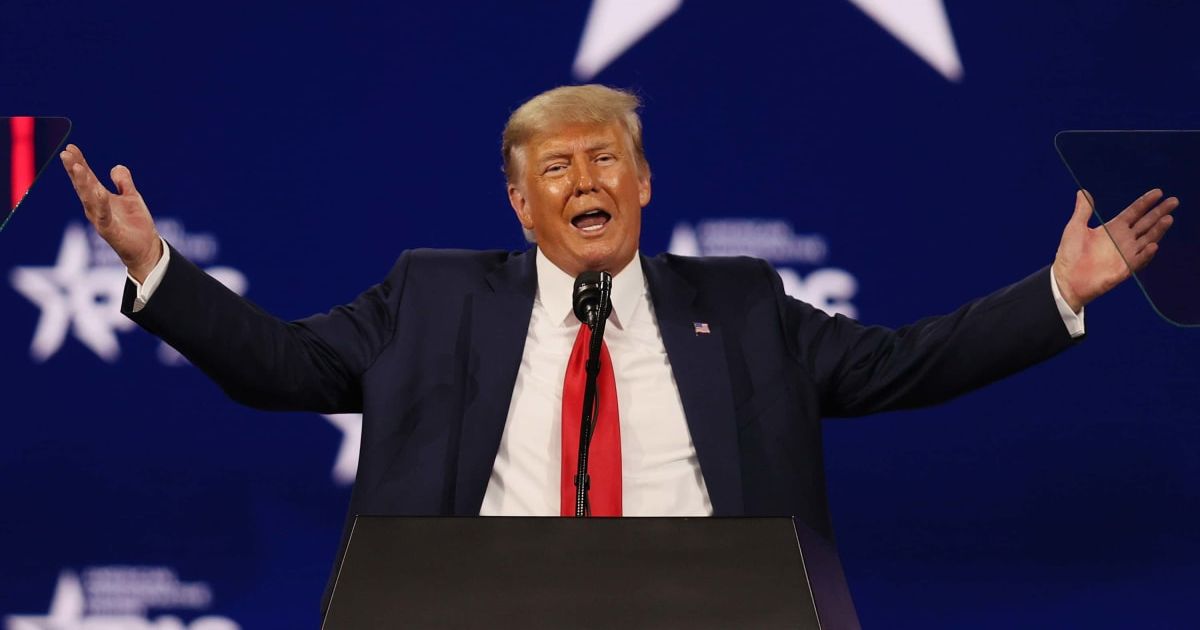
PHILADELPHIA, PENNSYLVANIA: In a surprising twist on political forecasting, psychologists at the University of Pennsylvania say they accurately predicted Donald Trump’s 2024 presidential victory weeks before a single vote was cast, not with polls or punditry, but by analyzing how optimistically he and Kamala Harris explained negative events during the campaign.
The study, conducted by Penn’s Positive Psychology Center, found that Trump’s tone grew significantly more upbeat in the final weeks leading up to Election Day.
That shift, measured using a psychological tool to track how each candidate spoke about bad news, not only forecasted Trump’s win but also the magnitude of his victory. In contrast, Harris’ tone remained flat throughout the same period, offering voters little in the way of hope or resolution.
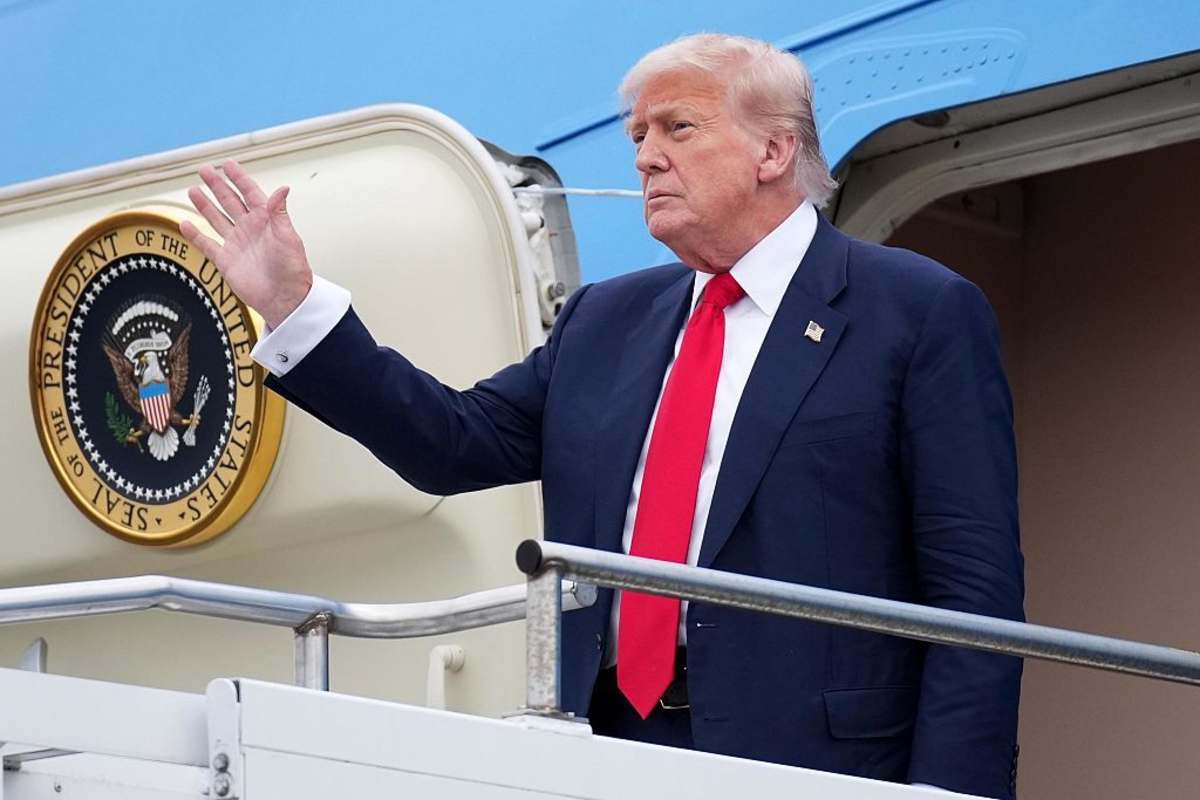
Donald Trump’s optimism spike was the key predictor
Led by Martin Seligman, a renowned professor of psychology and pioneer of positive psychology, the Penn researchers collected and analyzed 1,389 verbatim explanations from both Donald Trump and Kamala Harris. These explanations were taken from public speeches, media interviews, and the only presidential debate held during the campaign, spanning early September through October 27, 2024.
The team used the CAVE method, Content Analysis of Verbatim Explanations, to assess how the two candidates communicated about problems such as war, crime, and economic instability.
Under this method, explanations are coded for how optimistic or pessimistic they are based on three traits: whether the cause of a problem is seen as temporary, specific, and fixable.
Trump, the study found, described more than 1,000 negative issues, far more than Harris, yet consistently painted them as solvable. He often attributed blame to outside forces and suggested that he could resolve the problems. Harris, on the other hand, characterized many of the same issues as broad, lasting threats with little sense of resolution or control.
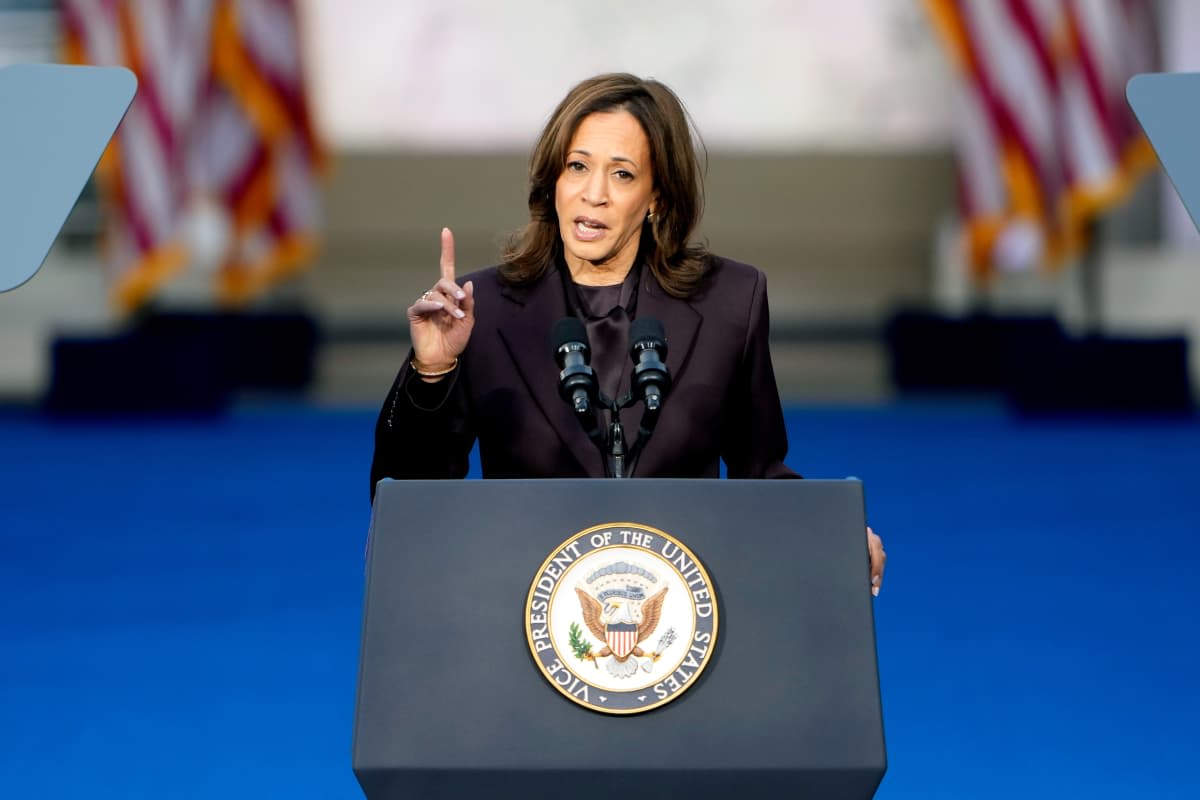
“Starting around October 10 or so, Trump started to get significantly more optimistic,” Seligman told The New York Post. “By the 27th, it was a very large difference between Harris and Trump.”
The gap in optimism became so stark by the final week of October that the researchers were confident in their forecast. Their model didn’t just pick Trump as the winner; it correctly anticipated the scale of his victory.
The Penn team didn’t stop at optimism. They tested other linguistic and emotional patterns to see if anything else could reliably predict the outcome. Among the features analyzed were: emotional tone (positive vs negative language), time orientation (talking about the past vs future), and attribution of control or responsibility.
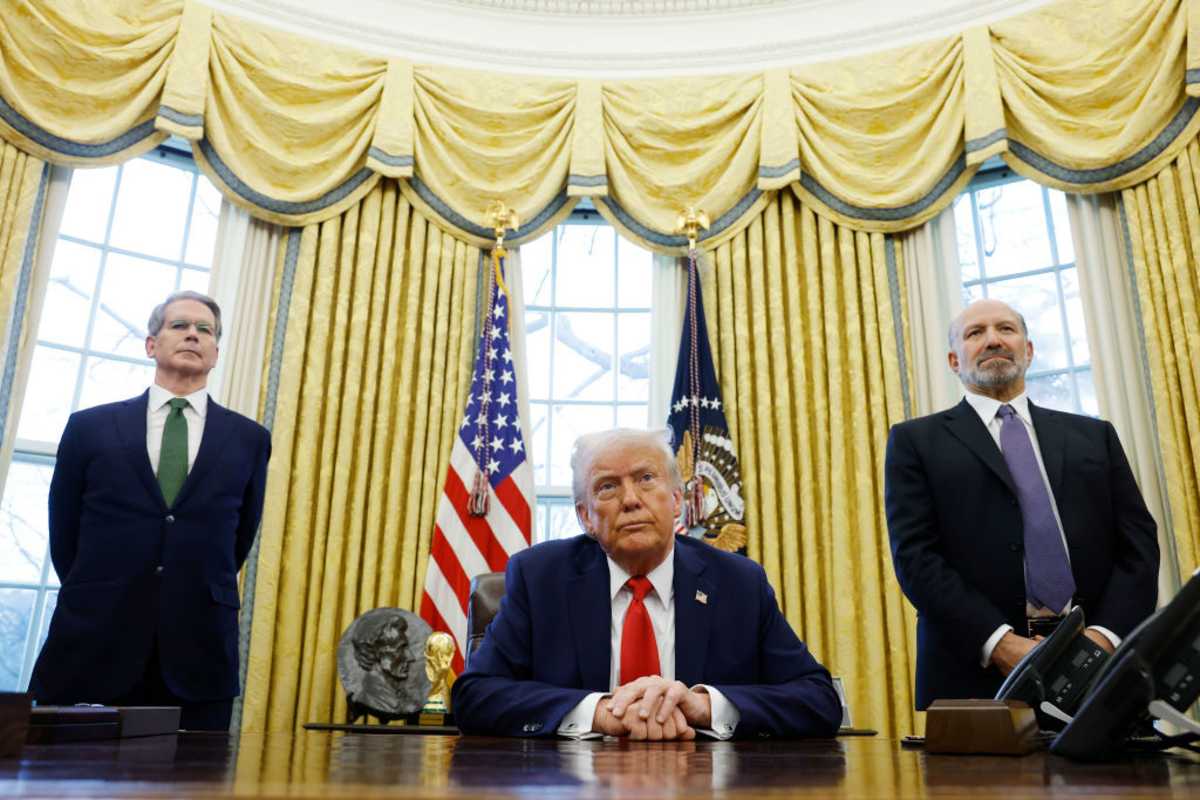
None of these metrics showed any consistent connection to election outcomes. Only genuine optimism, as defined by the CAVE method, correlated with the eventual result.
This echoes Seligman’s earlier work from the late 20th century, when he found that optimism correctly predicted the winner in 9 out of 10 US presidential elections from 1948 to 1984.
Psychologists secretly predicted Donald Trump’s win
Following those earlier studies, Martin Seligman briefly advised both political parties on how to incorporate optimism into campaign messaging. However, when candidates began artificially scripting optimism into speeches, he abandoned the approach.
He revived it in 2024 because of Trump’s signature unscripted style, particularly his habit of speaking off the cuff. That spontaneity allowed the research team to assess Trump’s authentic psychological state rather than staged messaging, which gave their analysis credibility.
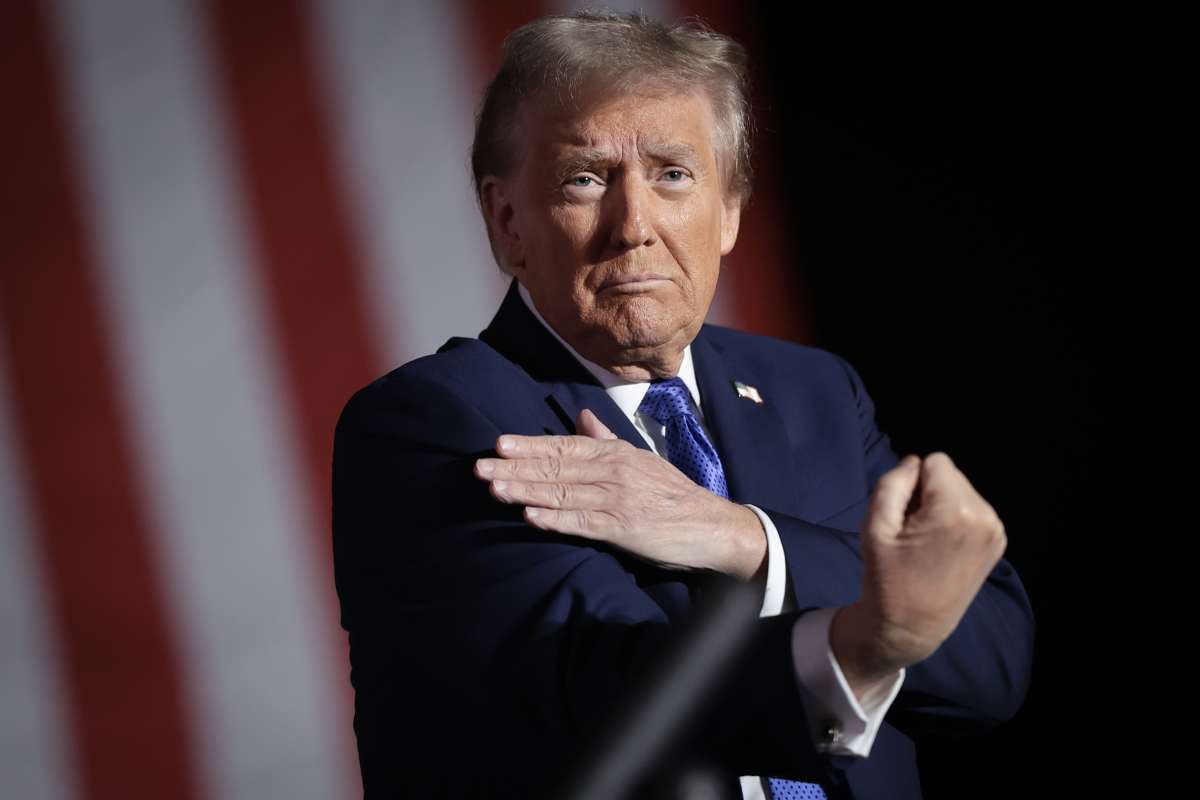
To preserve the integrity of the prediction, the researchers encrypted their forecast before the election and sent it to four independent third-party verifiers: Lara Seligman, Wall Street Journal reporter and daughter of Martin Seligman; Al Hunt, veteran journalist; Dan Chirot, political scientist at the University of Washington; and Dave Myers, psychologist at Hope College
“We’re the only people who predicted a Trump election, as far as I know,” Seligman said.
The encrypted file was only opened and made public after Trump’s victory was confirmed.
Voters were drawn to Donald Trump’s authentic optimism
According to Martin Seligman, the research points to a broader psychological trend among voters: Americans tend to gravitate toward candidates who acknowledge hardship but frame it as surmountable. Trump’s ability to identify a problem, assign blame externally, and present himself as the solution created a message of empowerment and hope, regardless of whether the policy specifics were there
“When optimism is genuine, I think there’s a lot of reason to believe that the American public wants optimism and wants hope,” he said. “It speaks to the general optimistic slant of American history.”
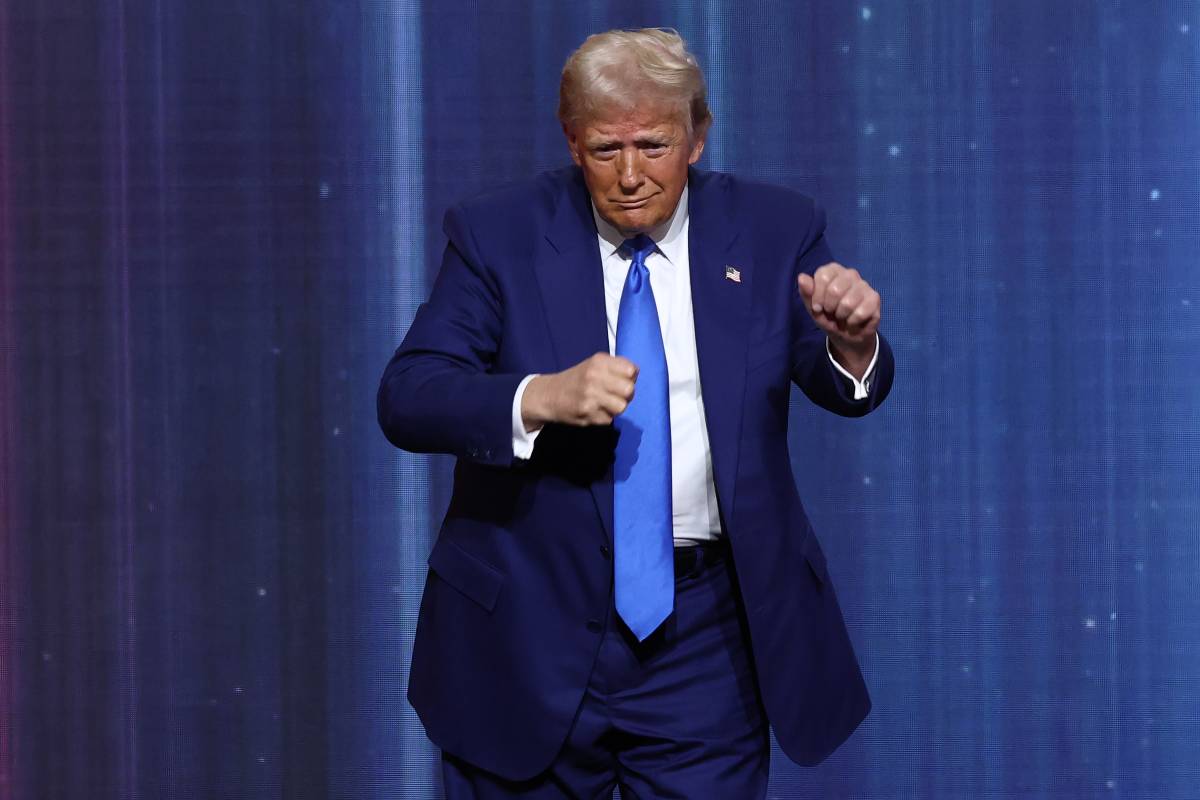
This may help explain why Trump’s candid style, often criticized for its lack of polish, may actually strengthen his appeal, because it sounds real, even when controversial.
Another model that predicted Donald Trump’s sweep
While the Penn psychology team used speech analysis, another entirely different model also arrived at the same prediction. Cornell University professor Peter Enns built a forecasting system based on economic indicators and presidential approval ratings. His model not only predicted Trump’s win, but it also correctly forecasted a clean sweep in all 50 states.
Together, the two very different methods, one grounded in psychology, the other in economics, reinforce a central takeaway: voters reward candidates who speak to their ability to overcome, not those who dwell on problems with no solution.
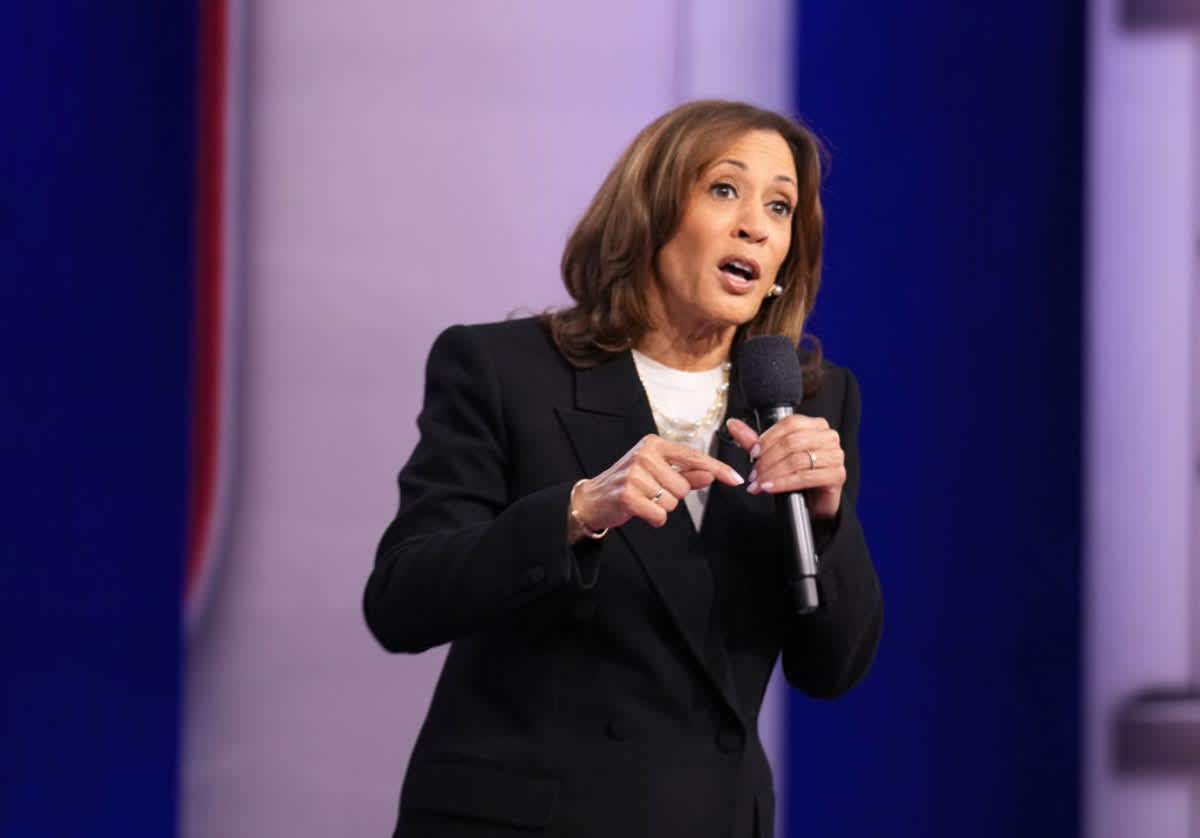
As analysts and political scientists continue to dissect the 2024 election, the University of Pennsylvania’s optimism model may become one of the most talked-about predictors of the cycle, and a potential tool for future campaigns aiming to tap into the deeper emotional instincts of the electorate.

